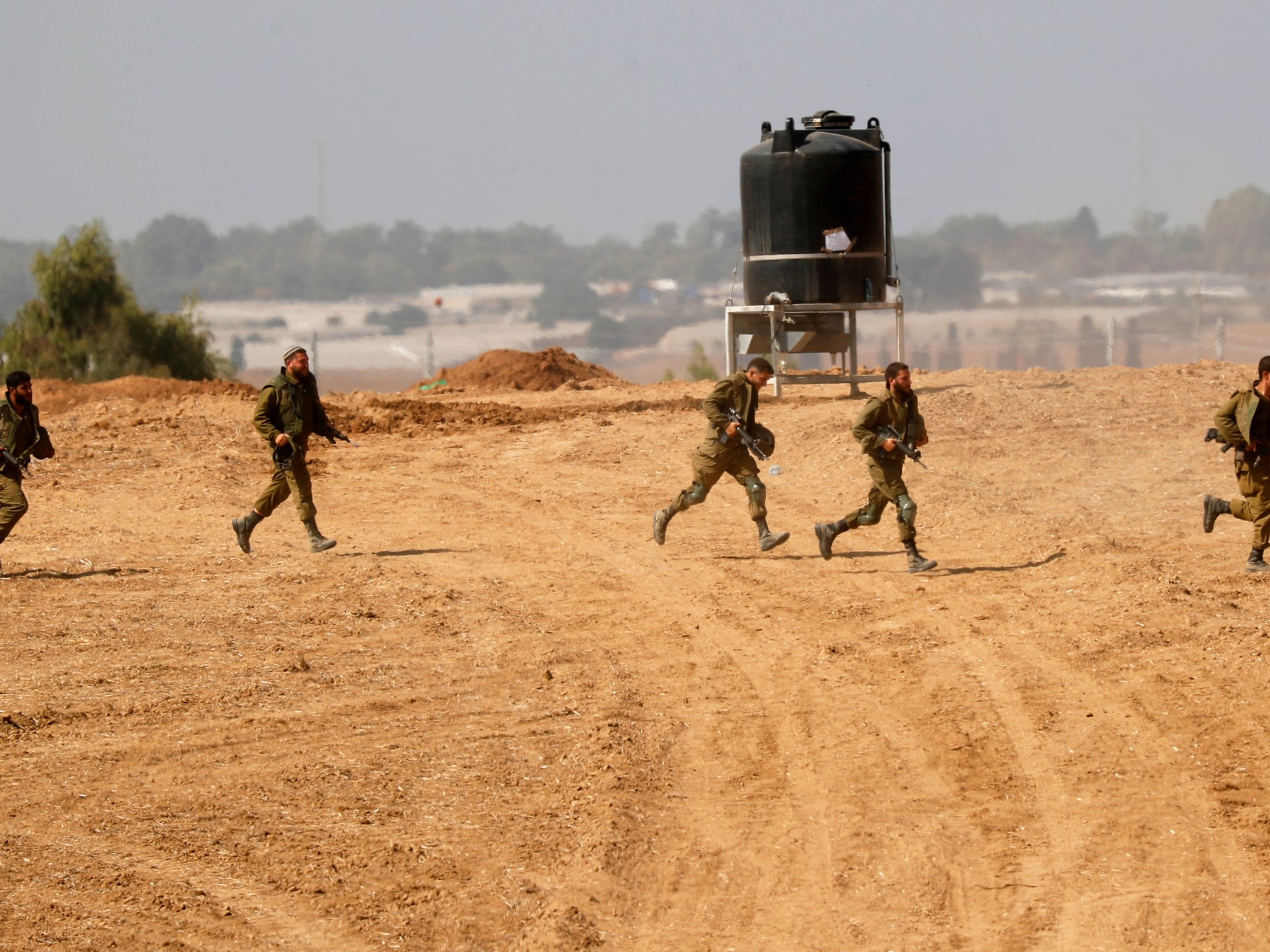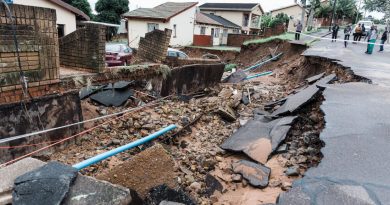Analysis: Israel’s ground war in Gaza could get much bloodier
Israel’s ground offensive in Gaza started last week as a slow, rolling, gradual advance of land forces along three main axes: from the north, armoured and mechanised units moved at Gaza City in two columns across the 6km (3.7-mile) front. The strongest force drove straight towards the central sections of the urban agglomeration and reached it without significant obstruction or losses.
The second column moved along the Mediterranean beaches. Although it seems to have advanced further south than the units pushing against the city, it looks as if this force has not yet completely cut off Gaza City’s access to the sea.
The third group advanced from the east, across relatively easy ground that consists of desert and farmland, with a few tiny hamlets unsuitable to mount a determined defence. It reached the sea, cutting the northern section of the Strip, with Gaza City, from the south, as I predicted three weeks ago.
Establishing facts on the ground is not easy but information from both sides and non-combatants seems to confirm that the front lines have moved.
It is difficult to determine how ground battles are being fought and how the two militaries are performing. There is little reliable information and lots of unverified or unverifiable claims. There are very few observers on the ground with the ability to recognise the fine detail in both sides’ tactics and operations who also have the integrity and impartiality to report on them.
Analysts like me must rely on our own wartime experience and skill in reading between the lines of the respective media releases and official announcements. Those almost inevitably contain facts spiked with propaganda and outright lies, planted to mislead the observers or obfuscate unpleasant issues.
The rise of social media means common citizens, rather than trained journalists, are often first on the scene of any significant event. While it is commendable that with the advent of civilians with media-capable mobile phones we have more material from warzones, we must be cautious in accepting for fact even what the videos and photographs purport to show.
The number of misleading and erroneous claims, many made honestly and in good faith, has increased manifold, as has the volume of intentionally false claims supposedly originating from witnesses. A reporter or analyst has to judge the plausibility and veracity of claims made. Thousand of examples prove how the same video can have two sides. To illustrate the complexities of basing a testimony and explanation on a single scene or side, I will use an example from another war I covered.
Some buildings in a hospital complex were hit by smart bombs, causing a significant number of casualties. Numerous camera teams, including respectable international agencies and TV networks, were soon on the scene and officials from the targeted side lamented how the aggressors had hit the hospital, protected by international laws of war.
A handful of experienced journalists tried to learn more, sneaking to the far side of the hospital despite the military ban and roadblocks. They found the attacked side’s army hastily extracting its dead and wounded soldiers and radar and missile equipment from the purportedly medical-only facility.
When discovered, the journalists were attacked not just by the soldiers, but also by local civilians who very strongly believed that the international media should only portray them as victims, not as the side misusing the status of protected sites.
Versions of this play out in every war – and often from both sides.
Meanwhile, despite ceaseless bombing from the air, the urban war in Gaza seems to have not started in earnest. It is not yet house-to-house and down in the tunnels.
From videos available so far, it appears that both sides are limiting their engagement to small-unit probes and very brief hit-and-run attacks.
The Israelis appear to have opted for the slower approach, using a significant number of dismounted soldiers. Rather than staying in the safety of heavy armoured personnel carriers, the infantry must dismount, spread out and follow tanks on foot. They take higher risks, but the tanks are safer.
The necessity of such tactics is confirmed by a Palestinian video showing a daring ambush that destroyed a latest-generation Merkava. A Hamas fighter runs up to the tank from the side, a blind spot for the crew, and plants an explosive device. Then another fighter hit the explosive from a standoff distance with an antitank projectile, causing a blast much stronger than that of just a single weapon. Hamas claimed that it destroyed three Merkavas but the details of the other cases are not known.
Although the video does not show it, that surprise tank hit could have been made using one of the Hamas tunnels to approach the Israeli position. If so, it would be an illustration of how dangerous they can be.
One of the first Israeli army videos from the urban area of Gaza City depicts soldiers inspecting a manhole and the opening of a vertical entrance to one of those tunnels.
The attackers have probably identified hundreds or even thousands of access points to the tunnel network. Getting inside them to track down Hamas fighters, attempt to liberate at least some hostages, and ultimately destroy the tunnels, will probably constitute the next, bloodier and more protracted stage of war.
But with the United States increasingly vocal about the need for a “significant pause” in fighting to give hostage release talks a chance, that stage might be postponed or even avoided altogether.




